With so many existing companies looking to expand their reach into the automobile market, when the call went out for an electric vehicle it was not the brands we knew that took up the mantle, it was Tesla Motors, a then unknown startup who picked up the ball and ran with it.
The success of Tesla’s atypical business model has many automobile manufacturers playing catch-up and wondering why this newcomer is now king among the emerging electric vehicle market. The combination of Tesla’s unconventional market approach, the global appeal to ecologically-friendly alternatives, and an unsurpassed high quality vehicle has catapulted the brand into an especially desirable status symbol, one many are willing to pay to have parked in their driveway.
Drive a conventional or hybrid vehicle and want to save money at the pump? Check out our guide to saving up to 45 cents per gallon with GetUpside.
The Meteoric Rise of Tesla
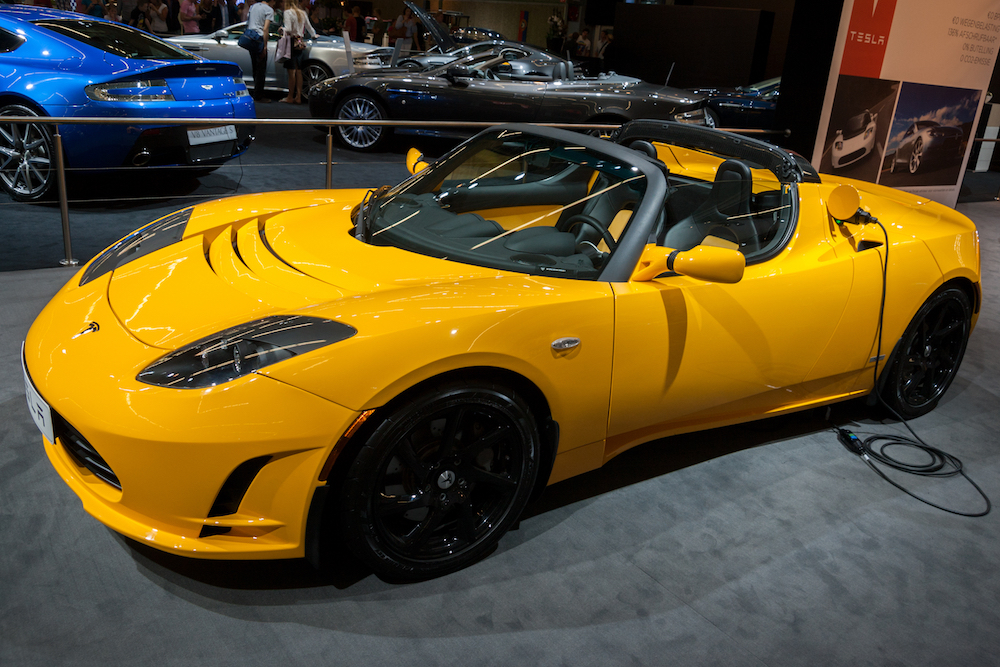
The Tesla craze is easily the sum of more than its parts. Design and performance, reliability and fashion are sure factors in the equation but their appeal to the masses are equal parts intentions and luck. Being the right company at the right time is just one of those things that happens. Tesla caught favor with the consumers and they never looked back to wonder why.
Tesla Motors was a direct consequence of GM’s failure with the EV1. The mid-90’s EV1 was a moderately successful electric vehicle that saw limited and strictly controlled distribution. Only select markets in the country ever saw the EV1 on the road, mostly in California where the new California Air Resources Board (CARB) regulations required all major vehicle manufacturers to offer a fully electric vehicle model in order to continue marketing all of their existing vehicles in the state of California.
The Downfall of EV1
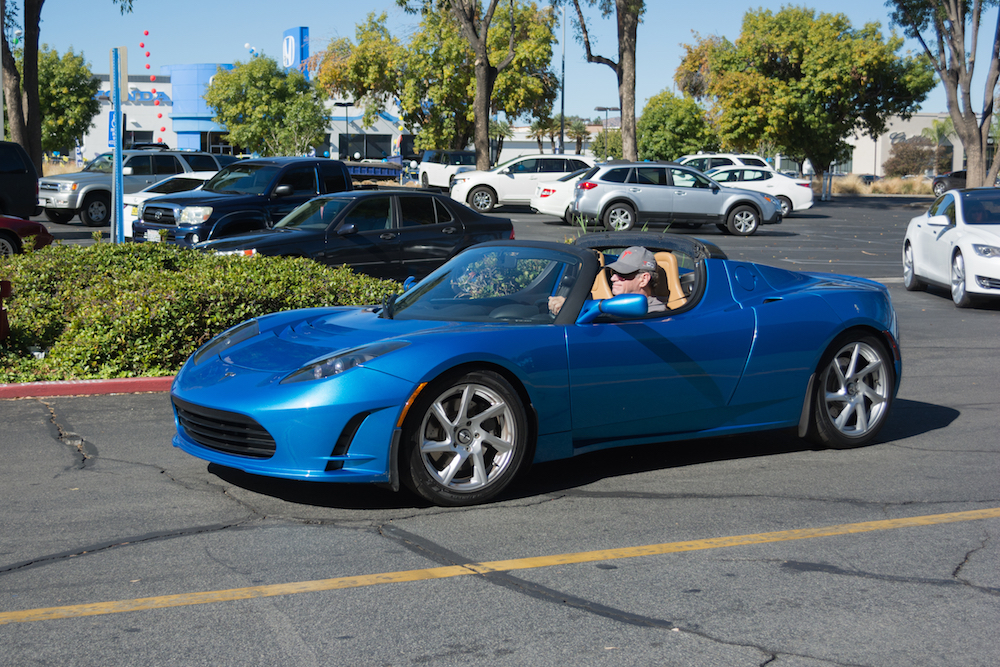
All the EV1 vehicles were on lease and were not available to purchase. The vehicles themselves were a victory in the electric vehicle field as most consumers reported a highly favorable opinion of their EV1.
The downfall of the EV1 came when GM arbitrarily terminated the leases, recalled and repossessed all of the vehicles and immediately crushed them scrap. Speculation continues to question if GM’s sudden and baseless termination of the EV1 program coincided with the abatement of California’s CARB requirement of offering the electric vehicle.
Whatever the cause, GM quickly and quietly scrapped the EV1 in 2003 and two engineers named Marc Tarpenning and Martin Eberhard took notice. They founded Tesla Motor company and with the addition of investor Elon Musk a year later, the company issued its directive “to accelerate the advent of sustainable transport by bringing compelling mass market electric cars to market as soon as possible”.
Partial success of the EV1 aside, previous attempts at building an electric vehicle were doomed to fail. The reason for this is that most automobile manufacturers were looking at the problem by attempting to build a conventional vehicle that could run on electricity.
Lofty goal-oriented startups were looking to produce high concept electric vehicles that were infeasible to market to consumers. When both of these contradicting pursuits failed, Tesla stepped in and turned the electric vehicle market on its head. They saw the deficiencies in these polar attempts and came at the problem in a new direction.
Redesigning The Tesla Game-plan
Rather than modify existing vehicles to run on electricity, they would design an entirely new vehicle, engineered to be an electric vehicle (EV) from the ground up. And they would not do this by offering high concept ideals while lowering expectations and making concessions simply to achieve the goal of creating an EV. The first Teslas were designed to be as sexy as possible and priced out of the budget for the casual car buyer. The 2008 Roadster sold fewer than 2500 units and cost around $112,000 each.
Coming at the problem from a tech-industry point of view and not as an automobile manufacturer, Tesla expected that the first iteration of their product would be expensive, and would need to be refined and perfected before becoming suitable for the mass market.
By making the Roadsters appealing, the initial buyers were happy to be the risk takers and early adopters. They got the allure of owning the sexy new sports car everyone was talking about and Tesla got their first test subjects driving around in their first success, with market feedback on how to improve and innovate for the next generation.
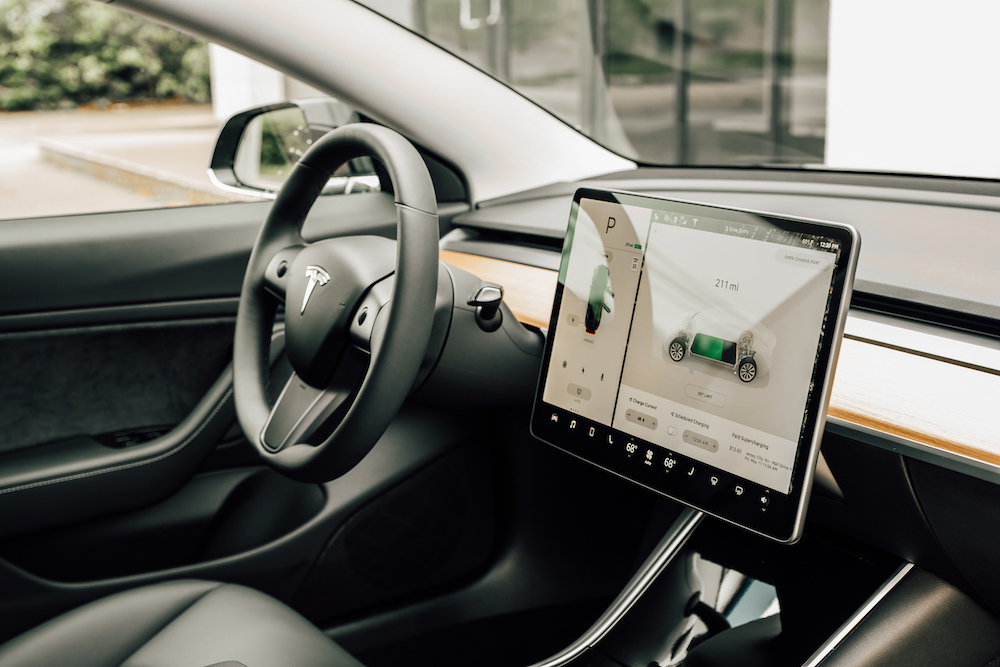
The Unorthodox Nature of Tesla
This unorthodox approach to running a car company reflects Tesla’s unusual mix of being a tech company that built a car and not the other way around. Their challenge of the system and willingness to approach at new angles provided them with the reputation of being a routine car company and appealed to those that were looking for something out of the ordinary.
Another unusual aspect of the Tesla experience is their hands on approach with the marketing and selling of the vehicles. All showrooms and service centers are owned and operated by Tesla and are not available as a franchise.
Direct sales and in house financing are attractive to the average consumer who is wary of the commissioned salesman and aren’t looking for the typical sales pitches and high pressure sales tactics. When you are looking to buy a Tesla, you are purchasing the vehicles directly from the company and not dealing with competing franchises in town.
Pushing Away Range Anxiety
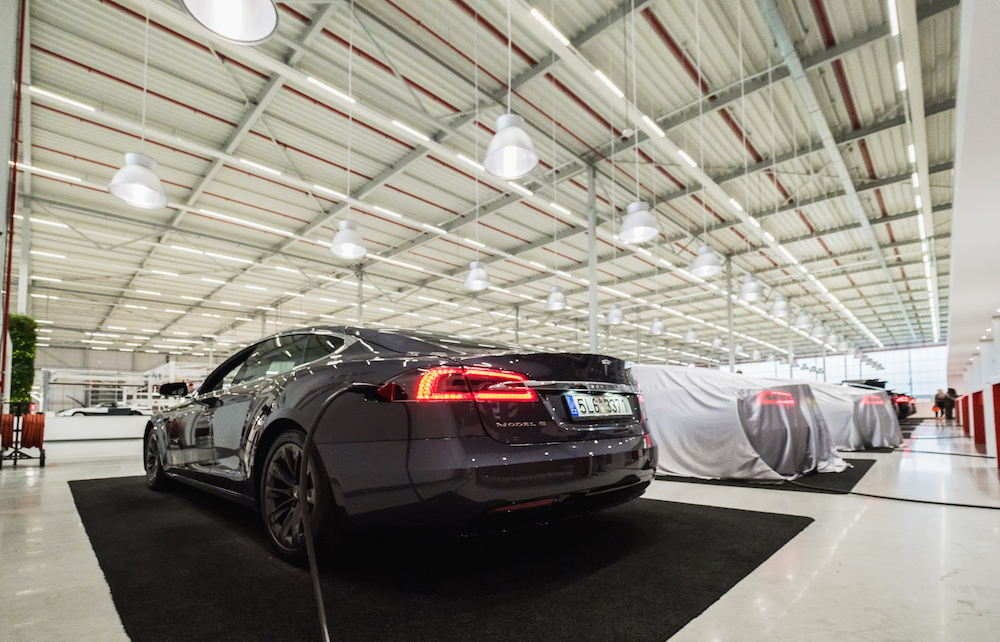
Consumer perceptions of any EV’s weakness is commonly called “range anxiety”, the distance the vehicle can travel on a single charge. And this is not a frivolous concern as diesel and gasoline engines are still the mainstay on America’s roads, there is an infrastructure of gasoline stations peppered all along the nation’s highways ready to refuel your vehicle just about anywhere you travel.
With the EV, you travel without this constant support and you must plan your trip accordingly. For some, this is a deal-breaker and Tesla sees this as a real concern. The company set out and created a network of supercharging stations. The Tesla driver can pull up and in less than 30 minutes fully recharge their vehicle’s battery for free.
This equates to fuel on the go, something Tesla was willing to invest in to increase the availability of charging stations and give the consumer public a demonstration that as the EV is adopted, the infrastructure will grow. Tesla continues to bring new supercharging stations online with an ever expanding map boasting six new stations/week. At the same time, the tech-savvy company continues to work on increasing their vehicle’s distance capacity on a single charge.
Tesla Going The Distance
As of the 2017 models, Tesla was the only manufacturer offering a distance of over 250 mile/charge and held six of the seven positions offering 200+ miles/charge. Two years later in the 2019 comparison, there are now 17 EV models boasting 200+ miles on a charge, but Tesla now owns the top six positions, each of them offering 300+ miles to the charge.
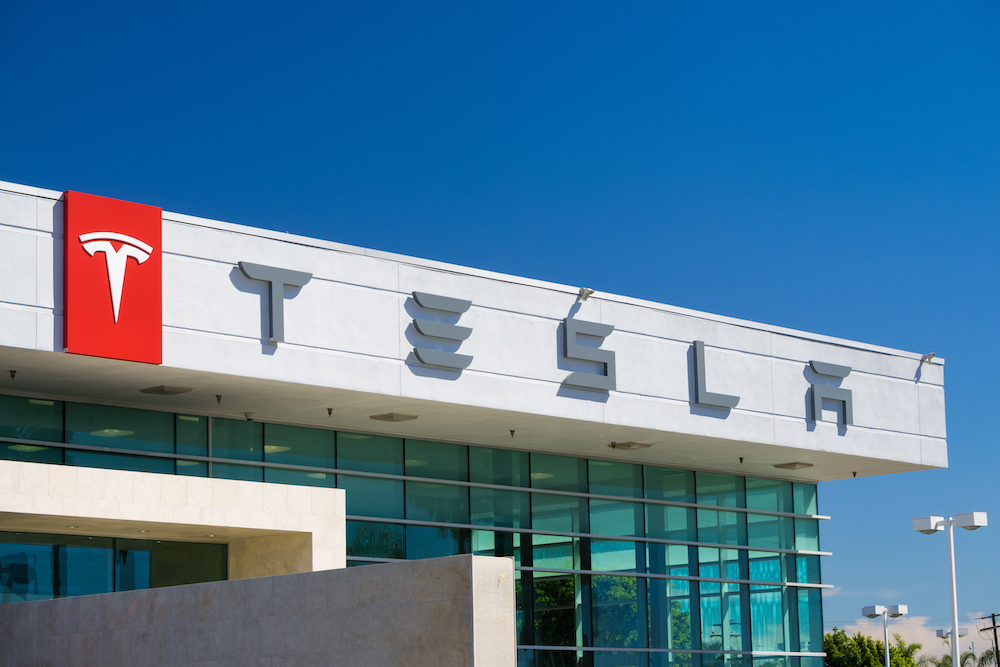
As EV continue to gain ground on the consumer automobile market, there will be technical improvements to battery technology and the capacity is only expected to increase, but Tesla is already well ahead of the pack and pulling away fast.
Another large draw toward the Tesla brand is the appeal to the eco-friendly “green” market for both cost and morality reasons. Fossil fuel costs rise and fall, always seeming to rise just slightly more than they fall. With every surging market and oil crisis you’ll see a gravitation toward more fuel efficient vehicles.
In the early 2000’s when gasoline went over $4.00/gallon many drivers parked their larger vehicles and opted to take the smaller fuel-efficient vehicles to work. The seemingly juggernaut of the SUV and heavy truck market started to dry up quickly. Consumers traded in their Hummers for Hyundais and the expansion of the “gas-guzzling vehicle” market evaporated as the “35MPG” crew gained favor.
Compromises were attempted with the hybrid breed of vehicles mixing electric and gasoline motors in the same car. This sated some of the worries about the distance a battery can drive your car as the gasoline engine would be thought of as a “back up” for those long distance trips.
Filling The Yearning Gap In The EV Industry
However, the lack of a truly astonishing hybrid, the additional weight of carrying two engines, and the constant threshold increases in battery technology shed light on the hybrid just being a patch on the problem, truly the worst of both worlds. The public was ready for truly electric vehicles and Tesla was well positioned to change the game and introduce themselves as a tech company ready to provide the best possible EV they could.
Tired of the traditional auto-makers’ attempts and failures to bring a viable EV to market, the industry watched as Tesla’s experiment with the Roadster, and then into the various models that followed, put truly zero-emission vehicles on the road, beyond proof of concept but actually in American driveways and garages.
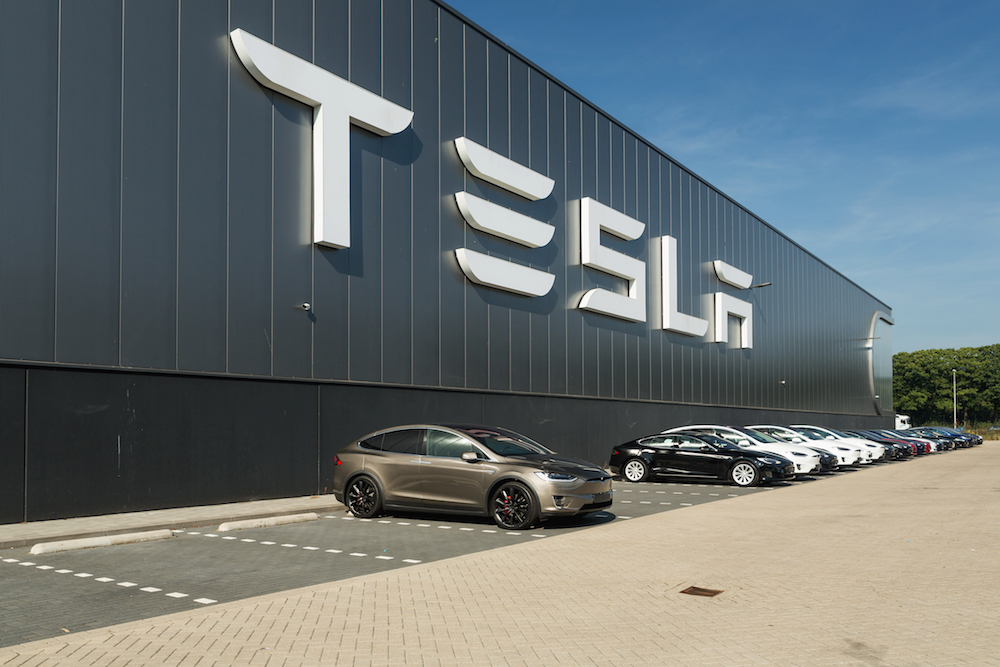
The popularity of the green market is one that is full of hocus-pocus and needs to be watched carefully or it will run rampant over common sense and take advantage of our willingness to embrace good-sounding ideas and replace them with a lot of smoke and mirrors. Knowing there is money to be made from the careful handling of information and statistics, the green market has been known to oversell the current impact of EVs to the potential buyer.
The Zero Emission Electric Vehicle
Rising costs of fossil fuels is enough to want a zero-emissions EV, and the appeal to the morality of consumers by touting the benefit of the EVs against the cost to the environment is a manipulative tactic taken by those that are either short-sighted or intentionally misleading their audience. Lowering your carbon footprint comes from making cognizant choices to consume less, not in shifting the blame elsewhere.
There may be no exhaust pipe on the back of zero-emission EVs, but you are charging the battery on a regular basis and that electricity is produced by spitting plenty of carbon exhaust into the air. An EV does not eliminate emissions, it simply transfers it to another location.
In some cases, your local electricity generating station may be powered by renewable or zero-emission means and if so, you have actually reduced the carbon output. But most of our power is still being produced by the traditional means of burning fossil fuels and while the economy of scale has reduced your footprint, it has not eliminated it.
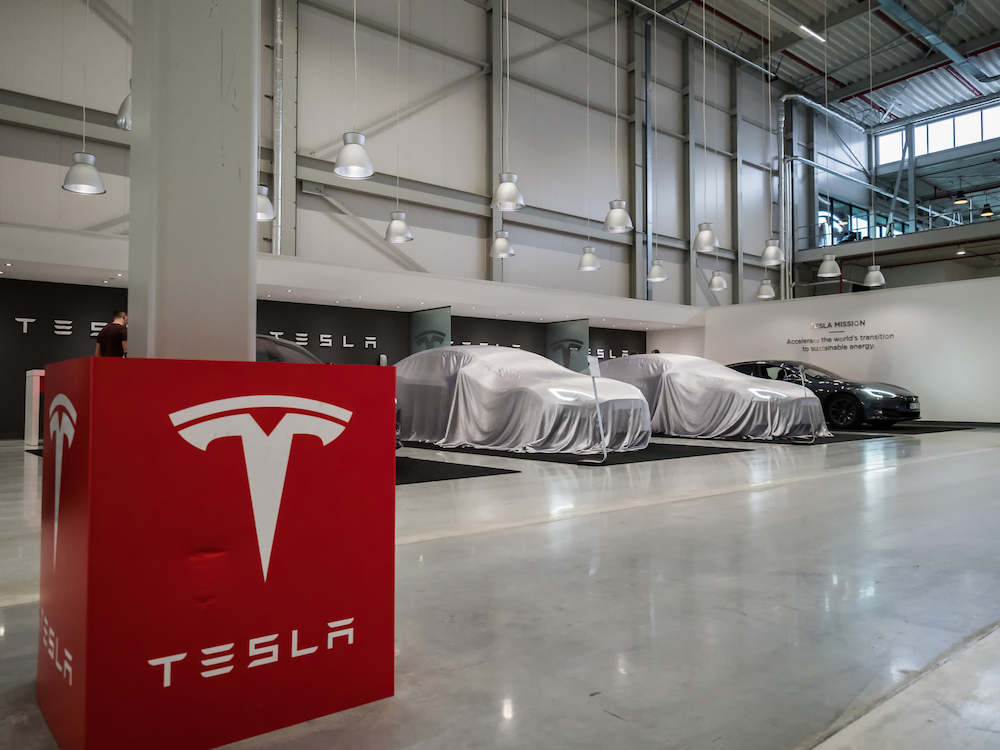
Going Green with Tesla
The more we embrace EVs and adopt change to put more zero-emission EVs on our roads, the more we accomplish toward a true savings on our carbon footprint.
Tesla has steered clear of this sticky end of the green argument. They speak the truth when they sell zero-emission electric vehicles and sell consumers on the merits of the vehicle, not the intangible tertiary benefits of green morality. But this lack of data manipulation does not mean the corporation doesn’t believe in improving our lives through alternative power.
More Than A Car Company: The Tesla Revolution
One of the reasons Tesla Motors dropped “Motors” from their name is because they are offering so many more products that operate within the solar and battery system. Solar panels, solar glass roofs, the amazing Powerwall designed for homes to store their solar derived energy for nighttime or off-peak usage, and their vast array of commercial solar receptors and storage facilities…
Tesla appeals to the green market not because of artificial controversies but because of their genuine commitment to jumping into the cleaner green world with both feet and backing this commitment with superior products.
Quality vehicles is the goal of Tesla and that may be one of the biggest draws to the company. Their announcement of bringing a fully electric vehicle to market through the means of multiple generations of improvements is an unusual experiment but one that appears to be paying off for the brand.
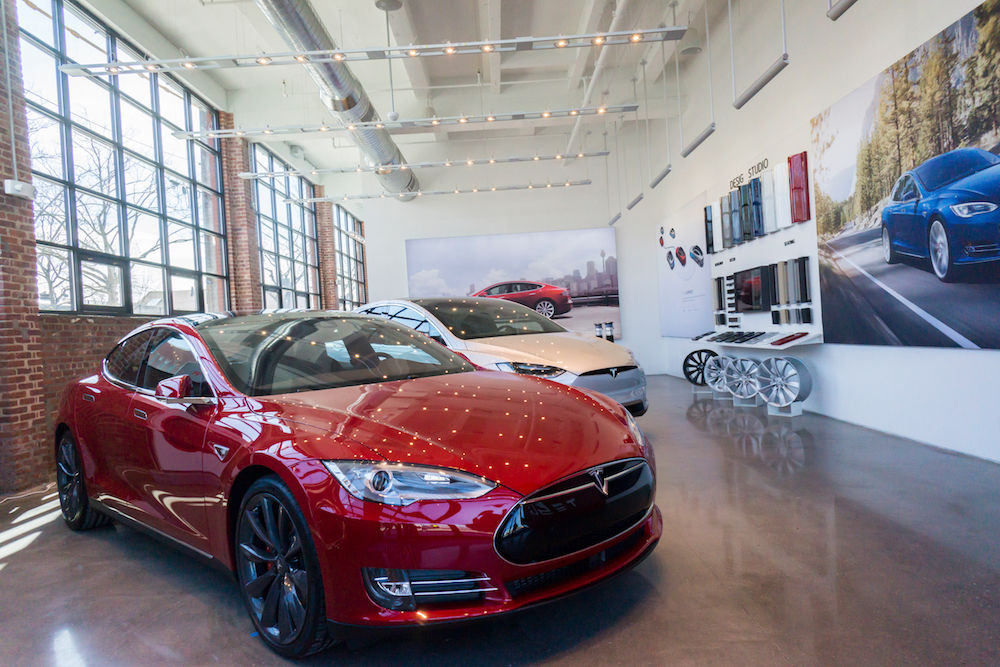
Introducing a low production, high cost initial offering put that vehicle in the hands of some demanding consumers. Those willing to shell out that kind of money on what amounts to little more than an attractive prototype are not the kinds of people who suffer fools lightly. Their input was a critical part of Tesla’s plan and when their drivers indicated an issue, the idea was brought before a design board and implemented into the next improvement into the vehicle.
…And A Software Company
Constant feedback and equally constant updates made for a live-action test market that culminated in a highly refined automobile that surpassed the market’s expectations. Today Tesla is still willing to improve upon their designs with regular software updates and hardware redesigns.
Electric cars have the automatic appeal to the automobile enthusiast who may be looking for a speedy model that is fun to drive. Gasoline engines just can not compete with electric drive motors when it comes to torque and instant-on power.
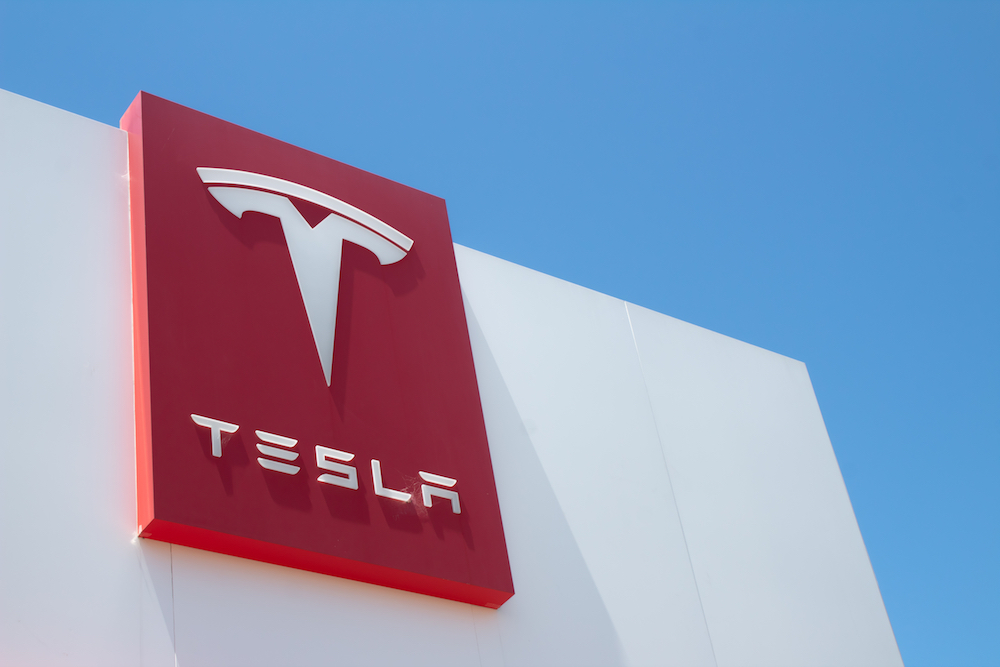
There are countless videos online showing a base model EV racing the fanciest of exotic cars and every single time the EV will jump off the line far ahead of even the fastest of gasoline powered engines. Now, what happens down the track… that’s a different story, Teslas are not race cars but for the casual driver who loves the feel of that acceleration, an EV’s instant application of torque to independent wheels just can not be beat.
The Convenience of Tesla’s Opportunities
Without a gasoline engine and traditional transmission, there is virtually no maintenance on a Tesla for the day to day driver. Much less having to stop at gas stations, you won’t have to worry about ignoring that “check engine” light when you’re overdue for an oil change. All the problems you may have found yourself on the side of the road with the hood up are gone. No spark plugs, no timing belt, no more maintenance problems and that is a strong appeal to the average consumer.
Perhaps one of the strongest appeals to the Tesla brand is a less than tangible artifact of social status. There is no doubt that Tesla produces a quality EV that is worthy by its own right to be considered a top contender for your next automobile purchase, but why is it that people are flocking to the brand and showing a near cult-like devotion to it?
Comparisons have been made between Tesla and the Apple craze where nearly every product Apple put out, their fans just couldn’t get enough of it. However, unlike Apple, Tesla seems to be attempting to drive their prices down in order to make their products affordable to everyone, and maybe that is another part of the craze.
When Tesla premiered, the Roadster was available to the wealthy and the risk takers. The sudden explosion of sexy new EVs was exciting and showy. When you saw a Roadster you turned your head to look closer. These wealthy owners often wanted to share in the excitement and were willing to show off their new Tesla, thereby expanding the circle of chatter about the car.
Moving Beyond The Roadster
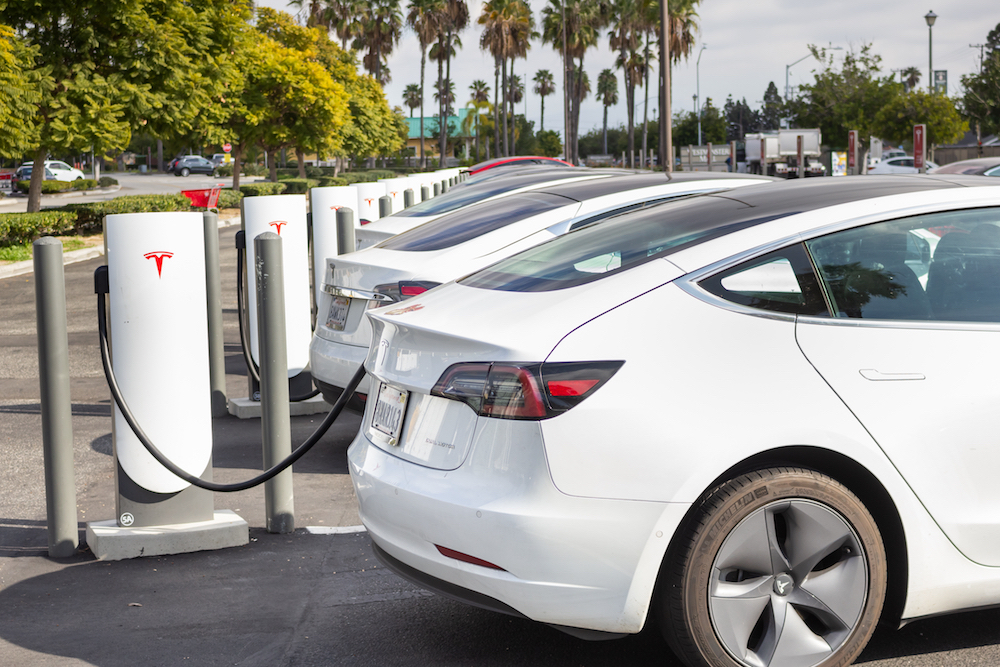
Tesla released the Model S, and those excited drivers wanted their very own Tesla. It wasn’t the Roadster, but it wasn’t the high cost of the Roadster either. The Model S allowed the general populace to join in the Tesla experience while still garnering some of the elite status of being a Tesla owner.
Model X SUV followed behind the S and shortly after the Model 3 became the affordable Tesla that will bring the EV to the average car-buyer’s driveway. Inexpensive enough to be purchased by middle-America and still sexy enough to be enough of a status symbol that you are keeping up with the trendy EV market.
With the Model Y, the CyberTruck, and many other innovations, Tesla has doubled down on their dedication to bring affordable EVs to the mass market. Recent developments in the company has readjusted their workforce in order to keep costs down and to make the latest models rolling off the Tesla line affordable to the average consumer.
Unusual business approach, dedication to cleaner emissions, appeal to the green market, quality products, and an affordable status symbol… Tesla’s appeal may be a fad, but it’s one that appears to be in good faith and promises to continue drawing in the drivers looking for their electric vehicles for years to come.


